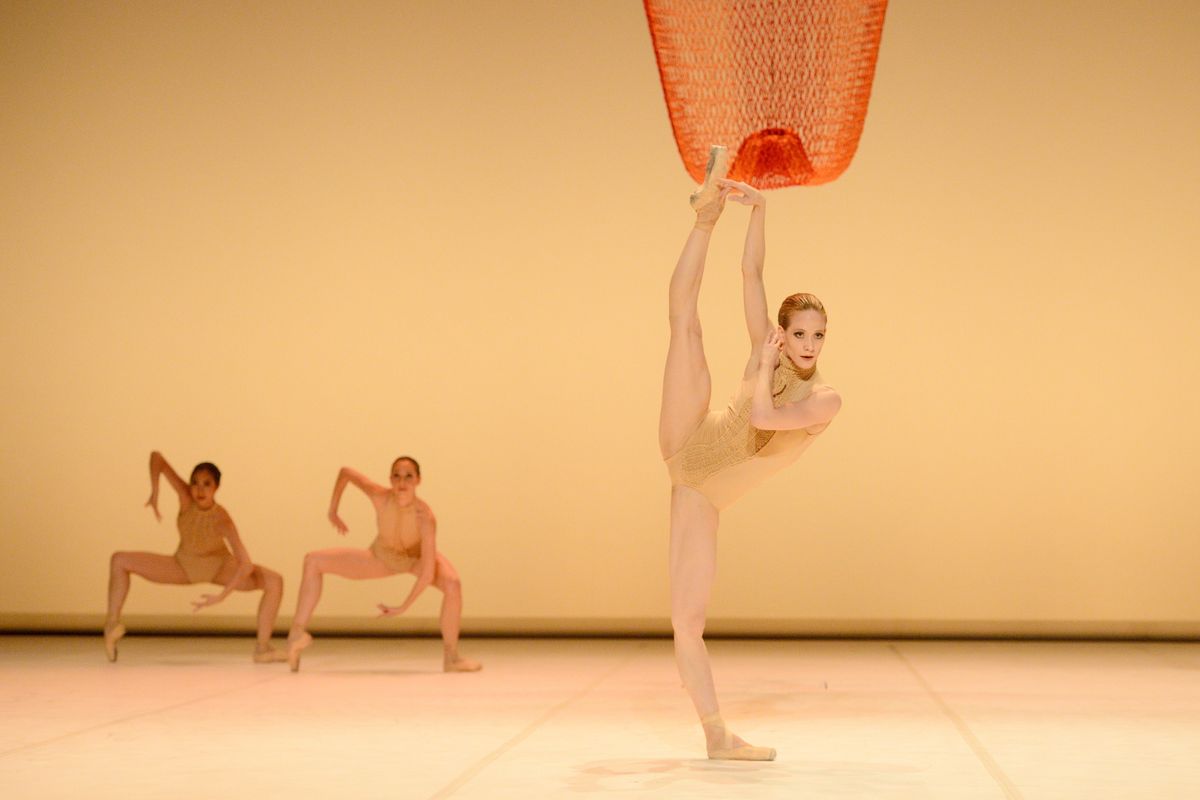Alicia Amatriain: Stuttgart Ballet's Supple Lyricist
This story originally appeared in the February/March 2015 issue of Pointe.
Stuttgart Ballet’s Alicia Amatriain finds freedom in new roles.
In reaching the top, how much is talent and how much is sweat?
A person I admire once said: You must be in the right place at the right time. There is so much work behind it, but there is luck, as well. I’ve seen a lot of talent come and go and never achieve anything. If you don’t have anyone believing in you, no matter how hard you work, I don’t know if you can get to the top.
What’s the toughest part of being a dancer?
Not being able to be with my family in Spain. It’s been many years since I left home, and it’s hard not being there for birthdays, Christmas. It’s a big sacrifice that dancers have to make.
You’re very flexible. Has it ever given you trouble?
When I was younger, yes, because it’s very difficult to be compact. I had to do lots and lots of sit-ups, but ultimately I found my center. Flexibility needs to be there for certain things, but for others it isn’t necessary.
 Amatriain in Douglas Lee’s “Miniatures.” Photo Courtesy Stuttgart Ballet.
Amatriain in Douglas Lee’s “Miniatures.” Photo Courtesy Stuttgart Ballet.
What do you like best about dancing and living in Germany?
The gray weather! It’s pretty cold, so you actually want to work. If I lived in a place with sun and the beach, I don’t know how many hours in the day I could work!
Do you have any pre-performance rituals?
At the beginning of the performance, just before I go onstage, I give a kiss to my pointe shoes. It’s a way to say, Come on, let’s go and be with me.
You’ve created so many roles. Is it easier to find your character in an existing ballet or in a new one?
When the ballet is created on you, it’s difficult to find the character you’re supposed to play, but you have a lot of freedom. When we do Onegin or The Taming of the Shrew, the roles have already been interpreted in a million different ways. For me, going back to the roots of the ballet is the best way to find myself, without copying anyone.
Of your repertoire, which ballet was hardest to learn?
Proving to myself that I could be Kitri was a very big, hard step. I would say I’m a swan, a lyrical dancer and a Cranko ballerina, but I never thought I’d do Don Quixote. I had to make myself believe that I could do it. Even though I’m Spanish, I didn’t grow up with a fan in my hand!





